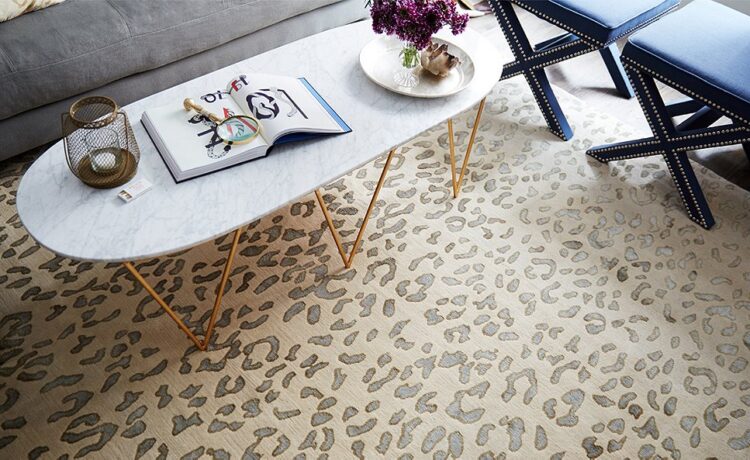It has been centuries that carpets are in demand and considered the basic need for places, especially for guest rooms and drawing and dining rooms to enhance the look of the area. Different types, colors, and sizes of carpets had been used but if you want to know about the fabric that is used widely in carpet making is discussed below. Every fabric has its unique features and styles. There are lots of materials which are used in manufacturing carpets. Let’s have a look
Loop pile.
- Loop pile carpets are available in different variations such as level loop in this type of carpet all the loops are the same length.
- It is also called uncut, or Berber pile; these piles are mostly used in North Africa.
- These carpets are easy to wash or swipe.
- Loop pile leaves entire yarn on the surface.
- Patterned loops are different in height.
- These carpets are perfect for high-traffic areas.
Cut pile
- Cut pile carpets have thick fibers as compared to others.
- It is easy to make different styles on these carpets by changing the angles and different treatments of threads can also be utilized to make it more attractive.
- Cut pile is another famous type in which exposed fibers are sheared.
- These carpets are soft in touch and easy to manage.
Nylon
- 90 percent of residential carpets are made from nylon because nylon is responsible to provide a warm surface underfoot.
- Nylon is a very famous fabric used in manufacturing carpets because nylon is very soft and has good resistance to stains.
- Nylon fabrics can easily be dyed in all colors.
Polypropylene (olefin).
- Polypropylene is the second-largest manufacturing element of carpets.
- This fiber is a high stain absorber, and it can soak the water but is prone to soiling and holding on to oil which causes the collection of dirt.
- Its qualities are like natural wool, and it is also used as a synthetic wool substitute.
- It is however easy to clean and swipe. Even bleaching agents never fade their colors in most cases.
- The cost of polypropylene is less than nylon fabrics.
Polyester.
- Polyester is prone to flattering underweight.
- The fibers of polyesters are non-allergenic.
- One type of polyester carpet known as polyester PET is made from recycled plastic bottles which makes it eco-friendly.
- This fabric is prized for its ability to hold vibrant fade-resistant colors.
- Installing these carpets in traffic areas is a bad choice; these can also be prone to oil stains, which can hardly be removed from polyester.
Acrylic
- Acrylic is considered a good resistance to static electricity. Moisture. Mildew, fading, and staining. But these are not durable materials as compared to other fabrics.
- This fabric is blended with wool.
- Most of the time acrylic changes its color and becomes brown.
- It is also known as synthetic wool because it gives the appearance of wool at the fraction of the price.
- These are also not good for high traffic areas.

